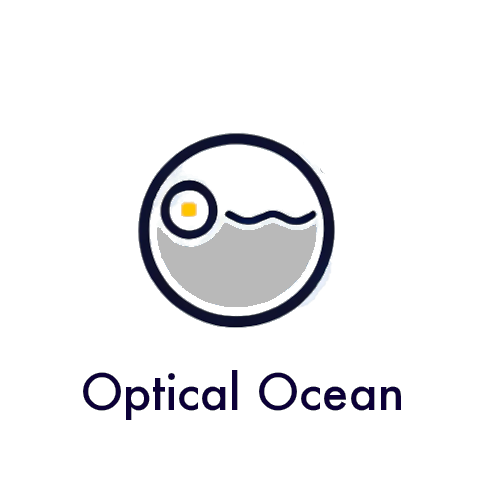Nauticam Nikon NA-Z7II Underwater Housing
Nauticam Nikon NA-Z7II Underwater Housing
Couldn't load pickup availability
The Nauticam NA-Z7II & Z6II Underwater Housing
The Z 7II and Z 6II, Nikon's next generation full-frame mirrorless cameras, offer underwater shooters the same legendary Nikon sensors with improved autofocus and continuous shooting speed performance. The NA-Z7II supports both the Z 7II and Z 6II models and features the larger-bore M28 bulkhead that supports HDMI 2.0 connections needed for the Atomos Ninja V Recorder/Monitor.
The NA-Z7II underwater housing follows suit with Nauticam's drive for innovation. Both the Nikon Z 6II and Z 7II present shooters with the ability to use both the available legacy F Mount lenses via the FTZ adapter in addition to their native Z Mount optics. To support both the legacy and native lenses, Nauticam has integrated the NA-Z7II into the N120 port system. This is critical as the new Z mount lenses are being phased in over the next few years. The Nauticam NA-Z7II housing features two lens release buttons that correspond to either F or Z mount lenses. When switching between F and Z mount lenses, the camera must be removed from the housing to remove the adapter. When working within either the F or Z mount system use the appropriate lens release button to switch lenses without having to remove the camera from the housing. A vacuum system reset switch is located below the tray as well so there is no need to open the rear of the housing during lens or port changes.
The NA-Z7II is part of the N120 port system which allows for full support of Nikon F mount lenses with the same ports needed for their application on Nikon SLR housings. As more Z mount lenses become available Nauticam will add supported configurations.
Intelligent Control Placement
Nauticam engineers are obsessed with functionality and this is evident in the location of essential controls. Regardless of where the control is located on the camera, the Nauticam housing puts them where you need them to be underwater. For those switching between photo and video modes, an easily reachable switch is located on the right rear of the housing. The right side double thumb lever, easily reached from the right handle features access to the AF-on and Record buttons respectively. Between the double thumb lever and the multi-stage shutter release is an ISO lever allowing quick changes to sensitivity.
The left double thumb lever accesses the DISP and Playback controls. The Zoom In and Zoom Out controls, located on the right rear of the camera body is relocated to the left side of the housing to a location more familiar to Nauticam housing users.
The switch that allows for switching between the LCD display and the EVF, a crucial and much used control with mirrorless systems is located close to the left handle within easy reach.
Front and rear control dials are readily accessible by the familiar large knurled dials at the right handle. The ergonomic housing handles are rubberized and feature stainless steel stiffening brackets to ensure a stable platform when using large strobes or video lights attached to the pre-installed 1" mounting balls.
Flash Triggering
The NA-Z7II comes with Nauticam's self powered manual flash trigger preinstalled. The flash trigger plugs into the hot-shoe of the camera and uses LED lights recessed into each of the two optical bulkheads to trigger supported underwater flashes when used with the correct fiber optic connection. The flash trigger is powered by coin cell batteries that provide thousands of flashes per battery. The flash trigger can be upgraded to support TTL triggering (PN 26308 TTL Converter for Nikon).
Integrated Vacuum Check And Leak Detection System
The Nauticam vacuum check and leak detection system is shipped with NA-Z7II as standard equipment. Combined with an accessory M16 vacuum valve (PN 25625), this monitoring system provides constant updates on the water tight and safe-to-dive status of the housing. A simple color coded LED lighting system lets the user know that the vacuum is solid, or that the housing is losing vacuum. Leak detection is built into the same circuit, so if there is water intrusion, an audible and visual indication will occur. The Nauticam system is temperature compensated, eliminating false alarms caused by a change in outside temperature, or from a camera heating up on an action packed dive.
Share


